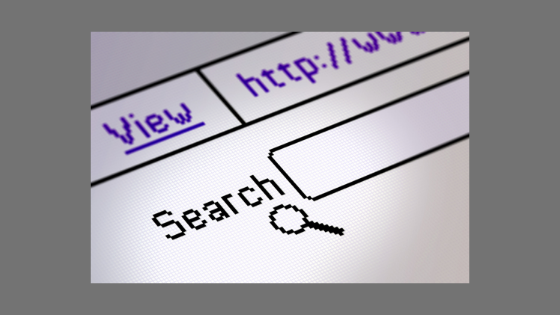Keeping Things Found

Why is it we always find what we are looking for in the last place we look?
I’ve discussed ‘finding things’ a number of times in my PL Online articles, and provided (hopefully) helpful hints on both searching and researching. But taking this a step further, having once found on the Internet what you wanted, how do you save that information? We know it keeps changing because we can’t find the site again, although sometimes it can be retrieved from the Internet Archive or the Way Back Machine. Peter Morville wrote a compelling book Ambient Findability about the problems we face in finding information. Here are some ways people are trying to keep found things found:
Everything, a desktop local search engine, will bring up a file no matter where it is on your computer, if you have the right name or a keyword for something in the file-name. The company Autonomy at one time had a desktop search engine which would not only search your computer, but go online and search the web as well for things relative to your search of your computer; it seems such good things don’t always last or are placed in more expensive software for enterprises rather than individuals.
What about PIM (personal information management) software or the cloud? I suppose there is software that will always save your most valued items and bookmarks, but what if your equipment is stolen, or destroyed?
And there are now so many PIM programs available it’s almost like trying to find what really works for you in the proverbial haystack. And the cloud also has drawbacks, for example without an internet connection or if the server you are using as a cloud has technical issues you cannot access the needed materials. In addition, because the materials are saved online with the cloud, there is always a risk of hackers.
One of the foremost researchers in this area is an anthropologist, William Jones. He has published several books on keeping found things found. I was involved with his initial research and sent him my hierarchal folder/sub-folder listings. Of course we found that much of what I had, had the same named files in different folders, and no way to discover if they were the same document or an updated one, except for the date and time given in the record of Word, or other Office programs. This happens when someone sees the links to several activities or information and tries to connect the information. Here is a brief discussion of the issues by Jones.
There have been a number of literature reviews of personal information management. Personal Information Management (Jones and Teevan) contains a bibliography in the 2011 edition. From the book’s description on Google Books: “The book grows out of a workshop on PIM sponsored by the National Science Foundation, held in Seattle, Washington, in 2006. Scholars from major universities and researchers from companies such as Microsoft Research, Google, and IBM offer approaches to conceptual problems of information management. In doing so, they provide a framework for thinking about PIM as an area for future research and innovation.”
You can compare a few systems here.












